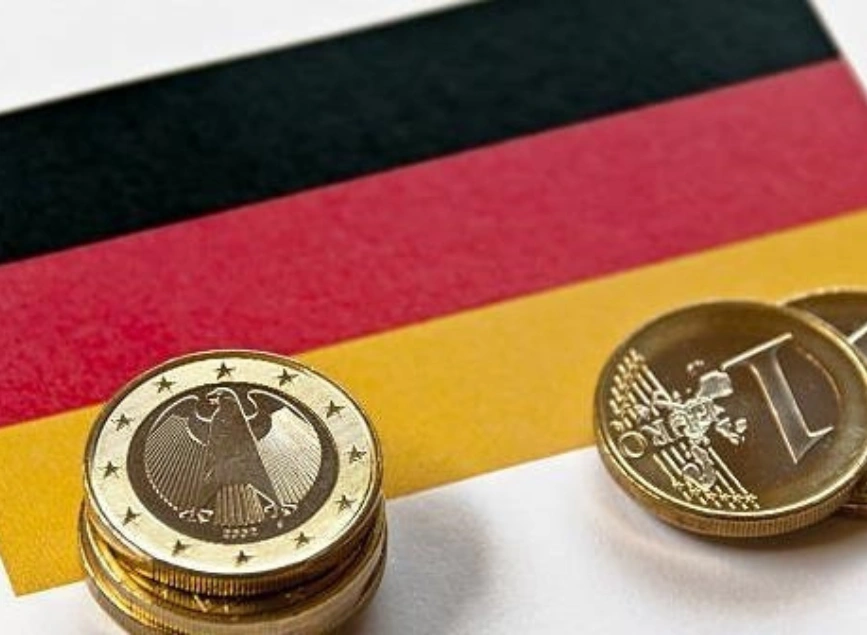
Germany’s Producer Price Growth Slows in January 2025
Germany’s Producer Price Index (PPI) rose by just 0.5% year-on-year in January 2025, down from 0.8% in December. While this marked the third consecutive month of increase, it came in lower than market expectations of 1.3 percent, signaling a potential shift in cost pressures for businesses.
Understanding the Latest PPI Trends
Key Price Changes by Sector
A deeper look into producer price movements reveals diverging trends across different sectors:
Energy costs fell by 1.0 percent
- Electricity: -1.8 percent
- Natural gas: -1.9 percent
- District heating: -1.5 percent
- However, mineral oil products increased by 0.7 percent
Intermediate goods prices declined by 0.1 percent, suggesting lower industrial demand and easing supply chain pressures
Consumer goods prices rose
- Non-durable goods: +3.0 percent
- Durable goods: +1.1 percent
Capital goods prices increased by 1.9 percent, particularly in
- Machinery: +1.9 percent
- Motor vehicles, trailers & semi-trailers: +1.4 percent
Excluding energy, producer prices increased by 1.2 percent. Month-over-month, PPI declined by 0.1 percent, matching December’s drop but falling short of the expected 0.6 percent decrease.
Why This Matters: Key Takeaways
Falling Energy Prices Ease Inflationary Pressures
Lower electricity and natural gas costs mean cheaper production expenses for businesses, helping to cool inflation. This could provide relief to both manufacturers and consumers.
Slower Growth in Intermediate Goods Suggests Weaker Industrial Demand
The slight decline in intermediate goods prices indicates that industrial demand is softening, potentially due to lower order volumes or supply chain stabilization. This could be a sign of economic cooling.
Rising Consumer and Capital Goods Prices Signal Strong Domestic Demand
The increase in consumer and capital goods prices suggests that domestic spending and business investment remain healthy, especially in sectors like machinery and vehicles.
Read More: Germany’s Economic Sentiment Declines in January 2025
Economic Outlook: What’s Next?
Will Producer Price Inflation Keep Slowing?
Analysts expect PPI growth to ease further in the coming months, driven by lower energy prices and stable raw material costs. However, persistent consumer demand could keep some price pressures alive.
Impact on Consumer Inflation
Since producer prices often lead consumer prices, lower PPI growth suggests consumer inflation could slow in the near future unless businesses decide to pass on higher costs in specific sectors.
How It Affects German Exports
With declining production costs, German manufacturers could become more competitive internationally, potentially boosting exports and supporting economic growth.
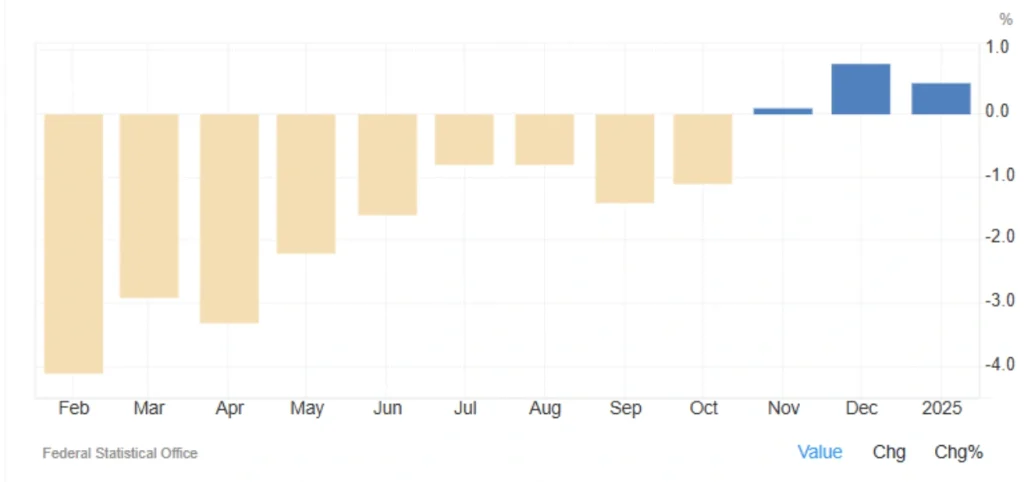
What is PPI, and Why Does It Matter?
Understanding PPI as a Leading Indicator
The Producer Price Index (PPI) measures the change in prices at the production stage before goods reach consumers. It serves as an early indicator of inflationary trends and business cost pressures.
- Rising PPI → Higher production costs → Possible consumer inflation
- Falling PPI → Lower production costs → Potential easing of inflation
Why Central Banks and Investors Care
The European Central Bank (ECB) watches PPI closely to assess inflation risks and set interest rates. Stock and currency markets react to PPI movements, as they influence corporate profitability and bond yields.
Final Thoughts: What This Means for Businesses and Investors
Germany’s January 2025 PPI slowdown points to relief on production costs, especially in energy, but persistent strength in consumer and capital goods prices. For businesses, this could mean lower input costs, especially in energy-intensive industries, more competitive export prices, and resilient domestic demand supporting revenues.
For investors, key takeaways include the potential for slower consumer inflation, reducing pressure on ECB rate hikes, continued demand for capital goods signaling long-term economic stability, and impact on euro and bond markets as interest rate expectations shift. With inflation, supply chains, and global demand all in flux, staying ahead of PPI trends will be crucial for navigating 2025’s economic landscape.
Share
Hot topics
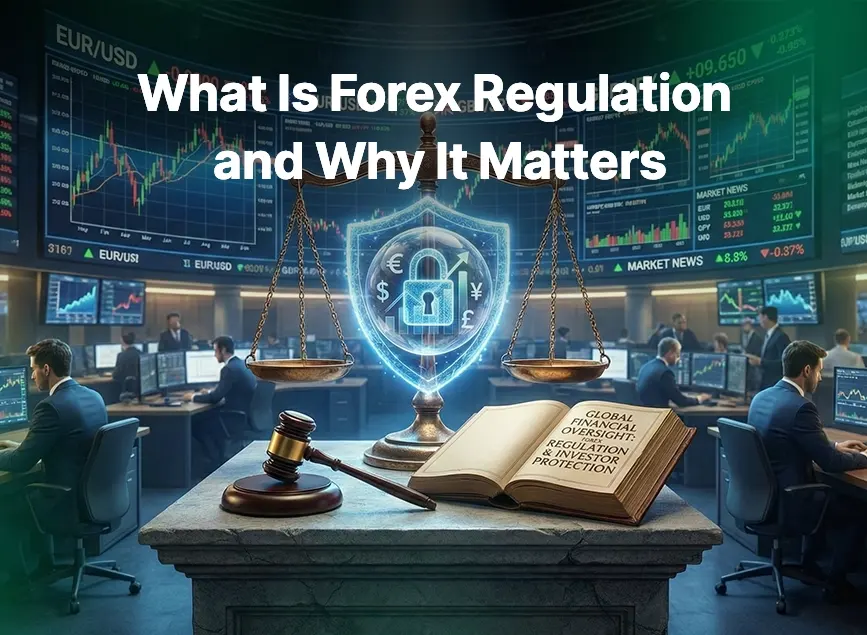
What Is Forex Regulation and Why It Matters
If you’ve been thinking about trading currencies or investing in the forex market, you might have seen words like “regulated,” “license,” or “authority.” They may sound like very boring legal...
Read more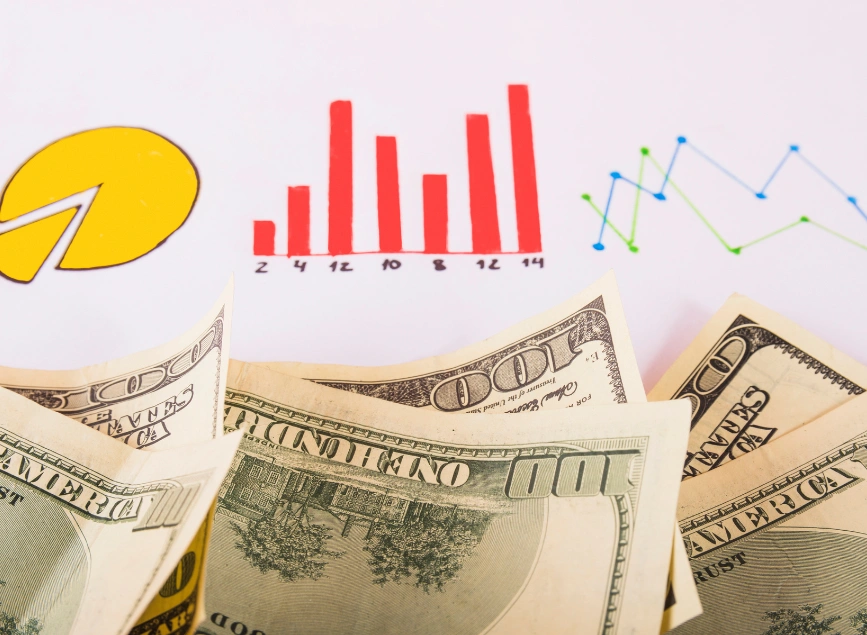
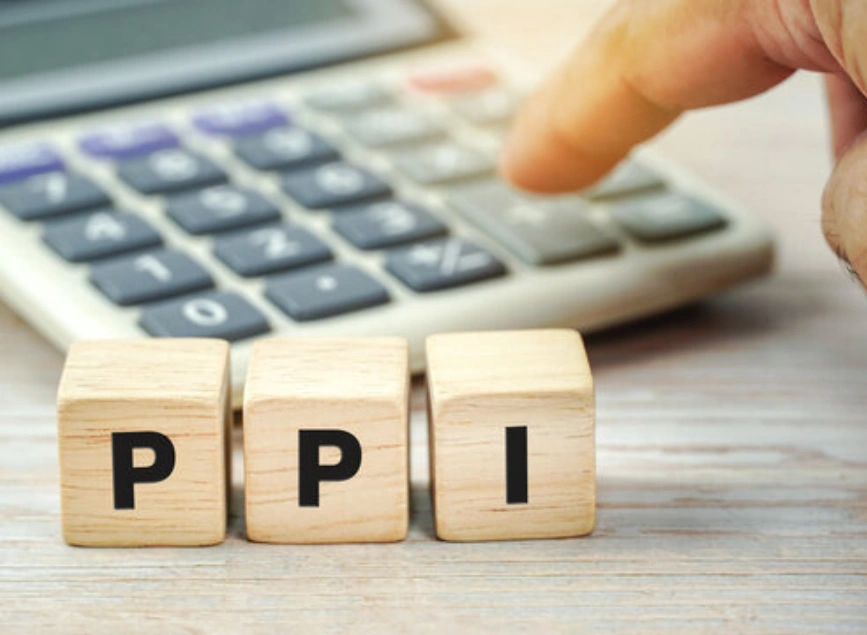
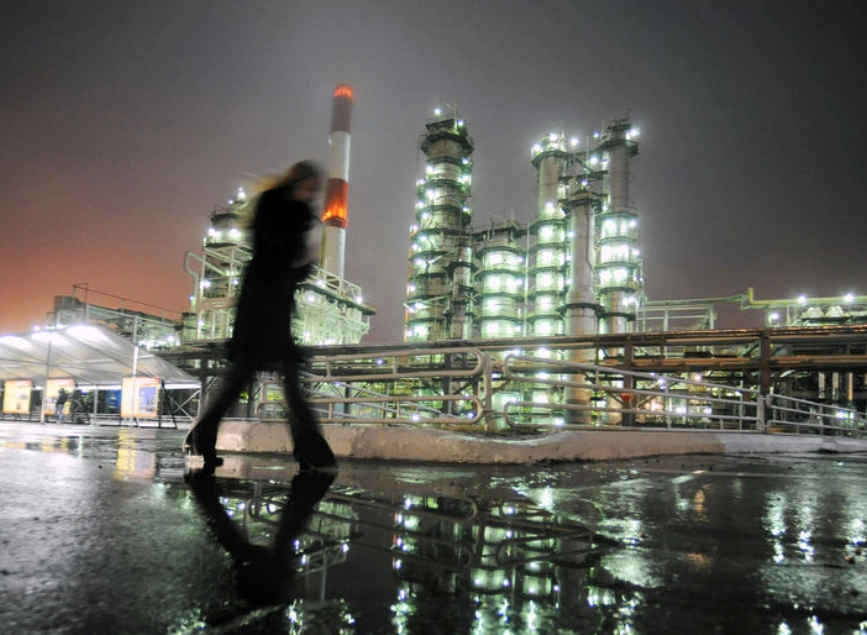
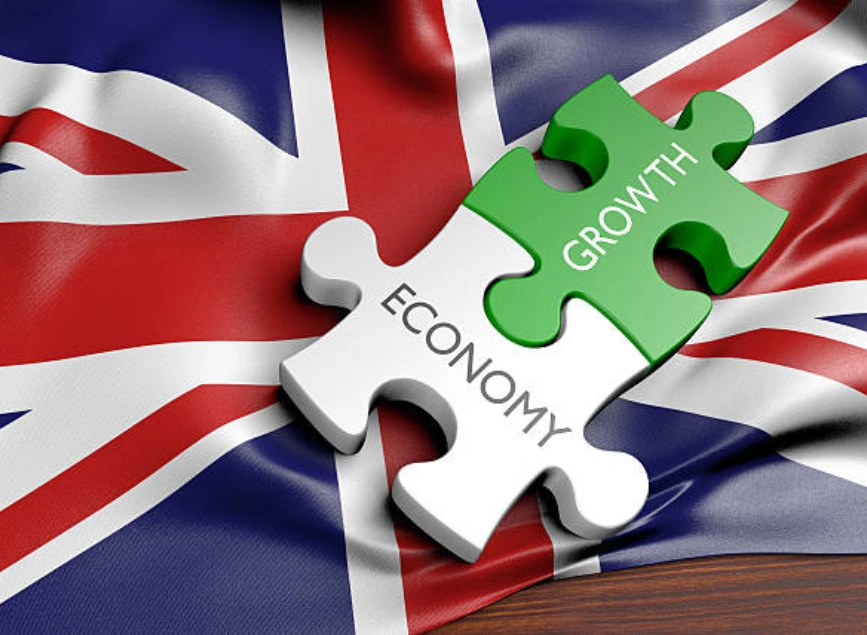
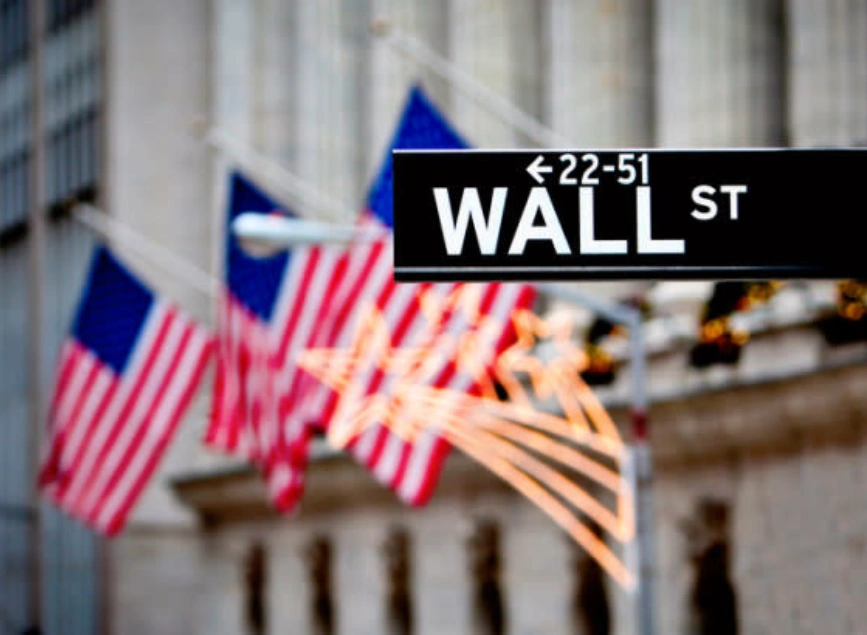
Submit comment
Your email address will not be published. Required fields are marked *